The CO2 problem in six easy steps (2022 Update)
Real Climate
JULY 10, 2022
Step 1: There is a natural greenhouse effect. This means that there is an upward surface flux of IR around (~398 W/m 2 ), while the outward flux at the top of the atmosphere (TOA) is roughly equivalent to the net solar radiation absorbed (~240 W/m 2 ). Step 2: Trace gases contribute to the natural greenhouse effect.


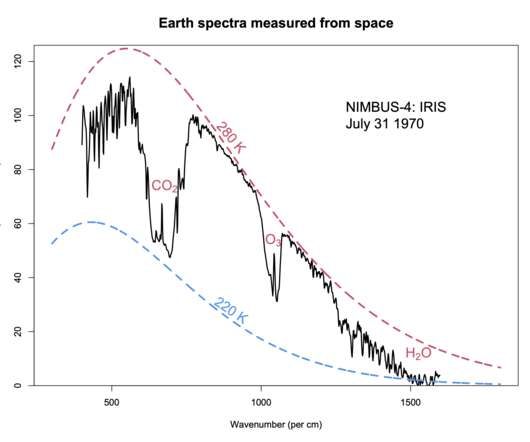
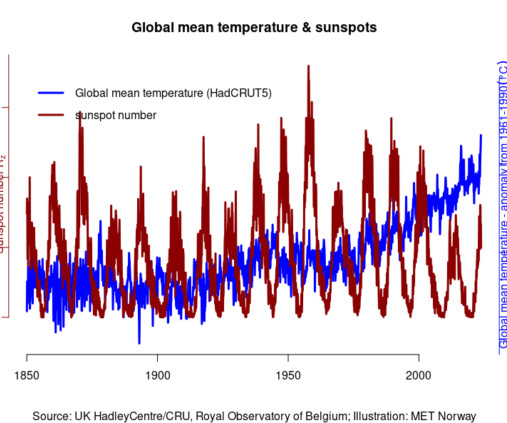
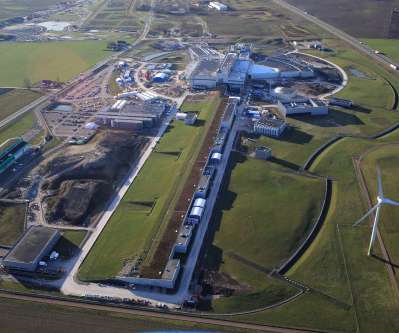
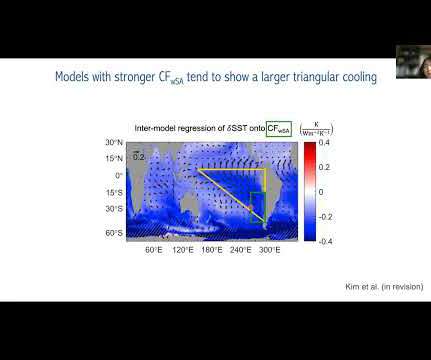
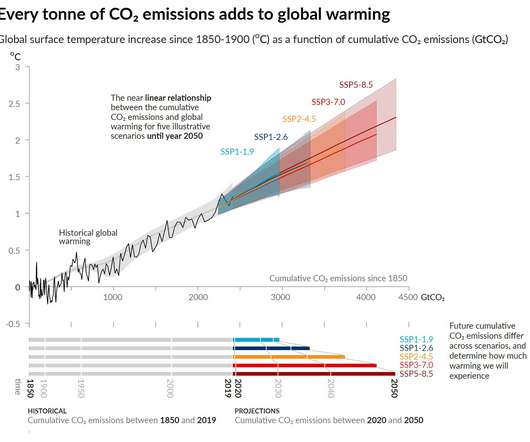
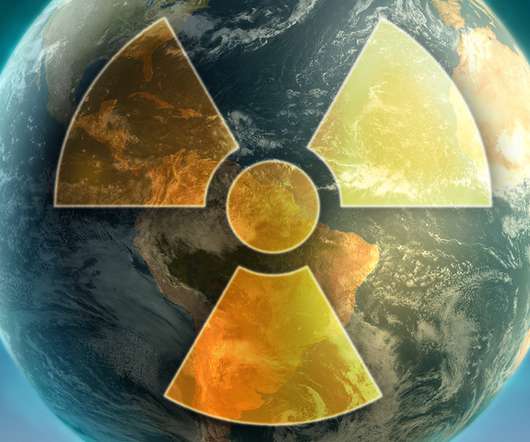
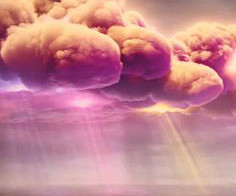
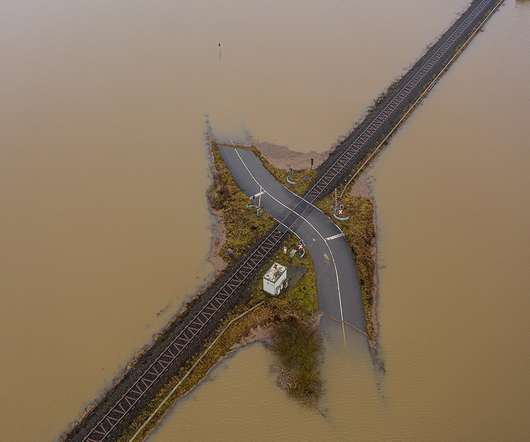
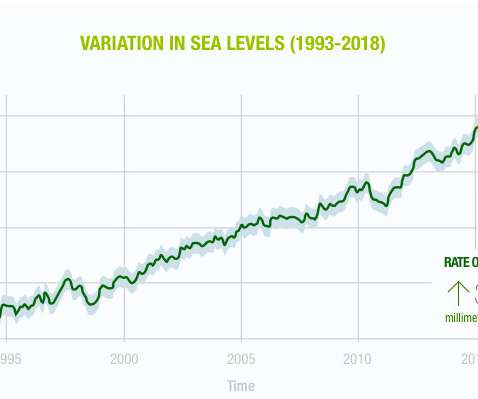


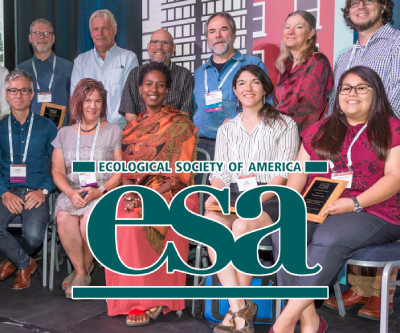






Let's personalize your content